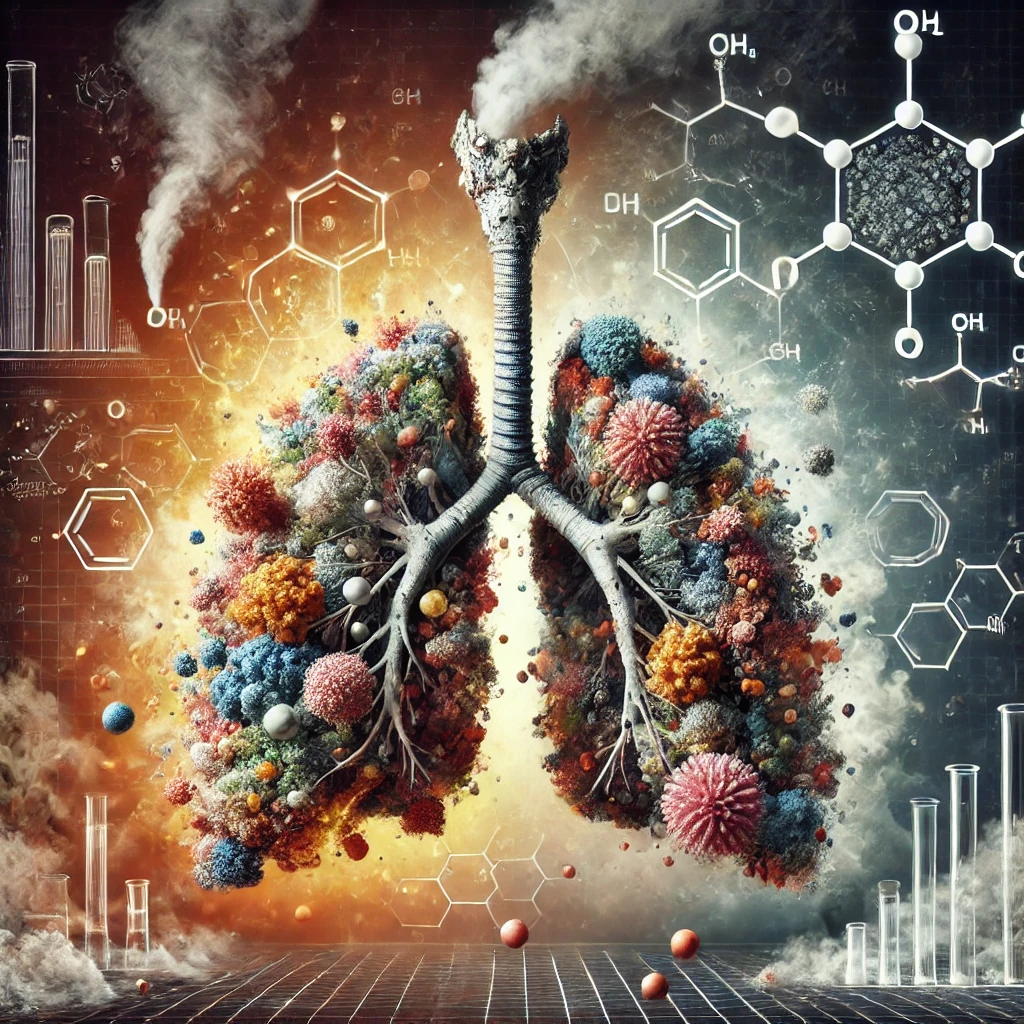-
 Call Now ! +31 88 3886069
Call Now ! +31 88 3886069

Our research investigates the potential detrimental impact of airborne substances (particles as well as chemicals) on the health of the cells that make up the human airways and lungs. Airborne toxicants of interest include for example (components of) cigarette smoke and emissions from novel tobacco products (including nicotine) but also micro- and nanoplastics. To address this, we deploy a variety of advanced in vitro systems representative of the epithelial cells that make up the human airways and lungs. These include cell lines of bronchial- and alveolar epithelial cells as well as human primary bronchial epithelial cells (PBECs) cultured and exposed at the Air-Liquid Interface (ALI). Read-outs include cytotoxicity, inflammation, redox status and mitochondrial health and molecular mechanisms (for example signaling pathways) that control these processes.
Current Research Projects
1. Effects of micro- and nanoplastics on health of the human airways and lungs
This project investigates if and how environmentally-relevant micro- and nanoplastics affect the health of epithelial cells of the human airways and lungs using advanced in vitro models.
2. Health impact of heated tobacco products
This project focusses on assessing the health impact of heated tobacco products not only on the cardiovascular system but mainly on cells of the airways and lungs. The comparison with the effects of (components of) regular cigarette smoke is included.
3. Sensory impact of nicotine on the trigeminal nerve
This project explores the sensory effects of nicotine on free nerve endings of the trigeminal nerve in the mouth and nose cavity.
Lead scientist
Alex Remels




